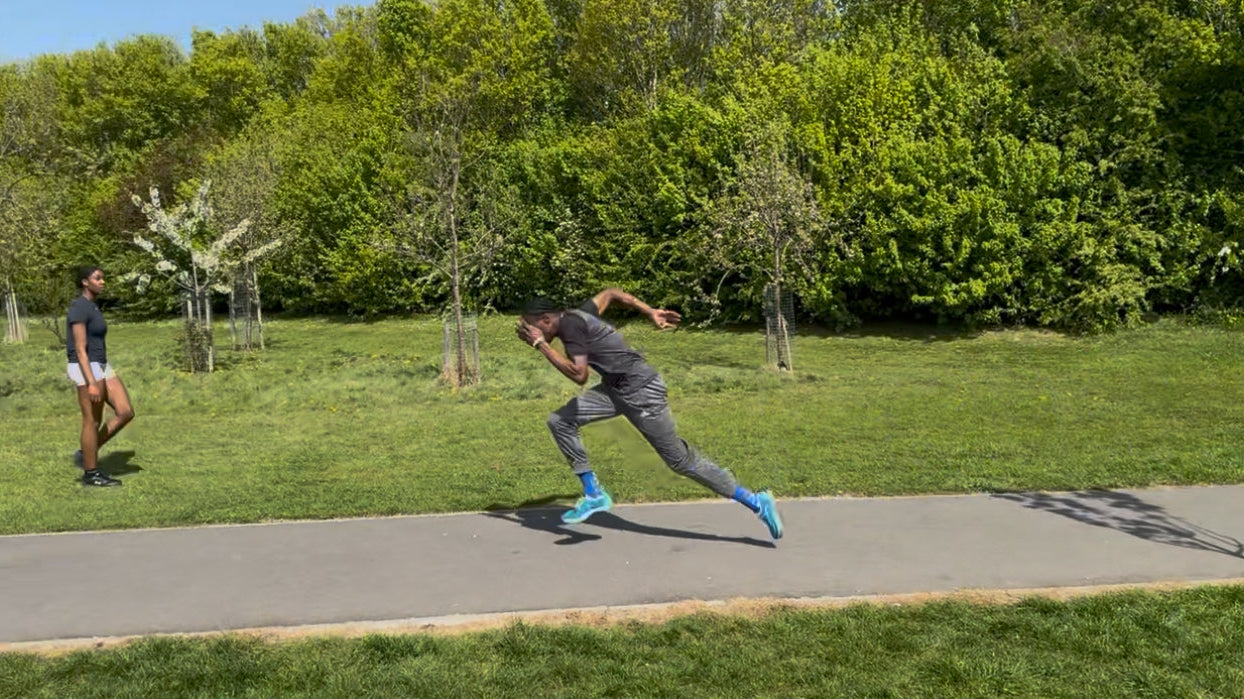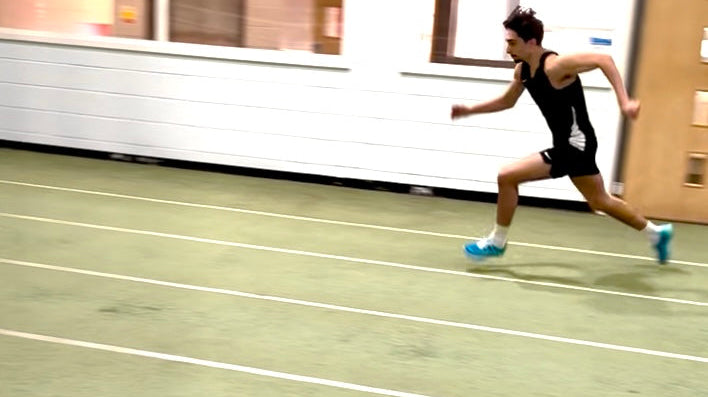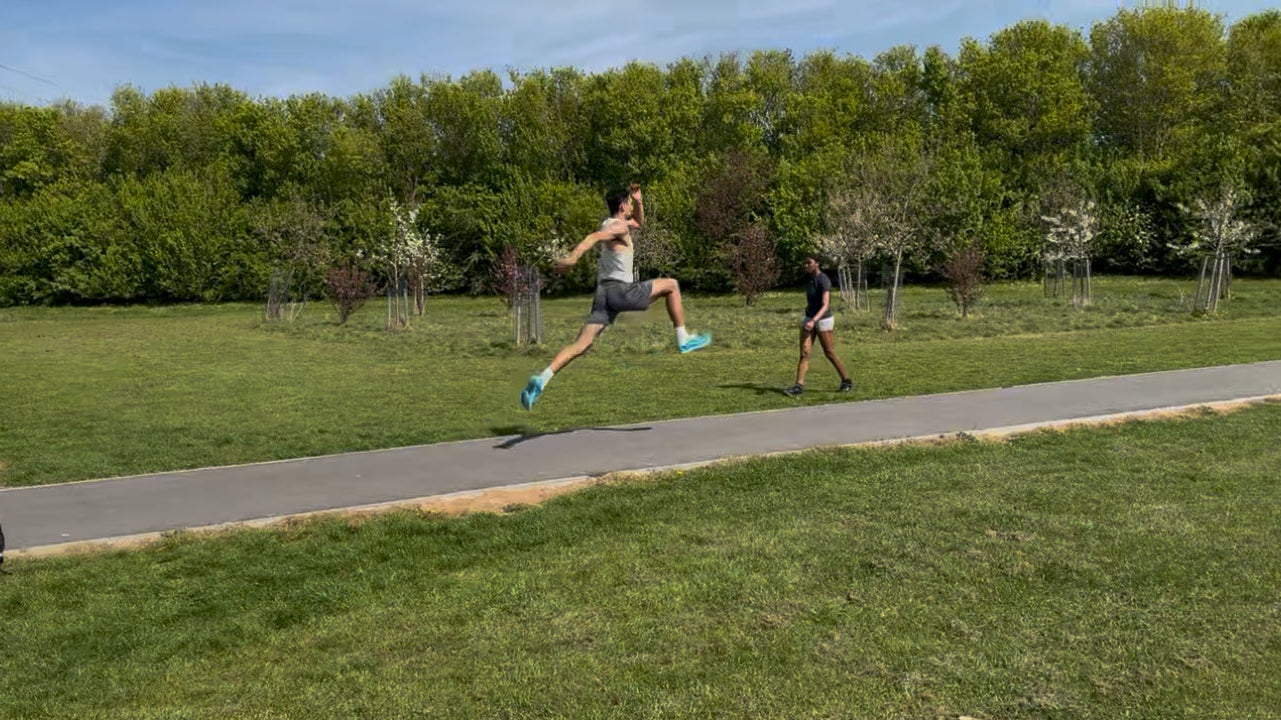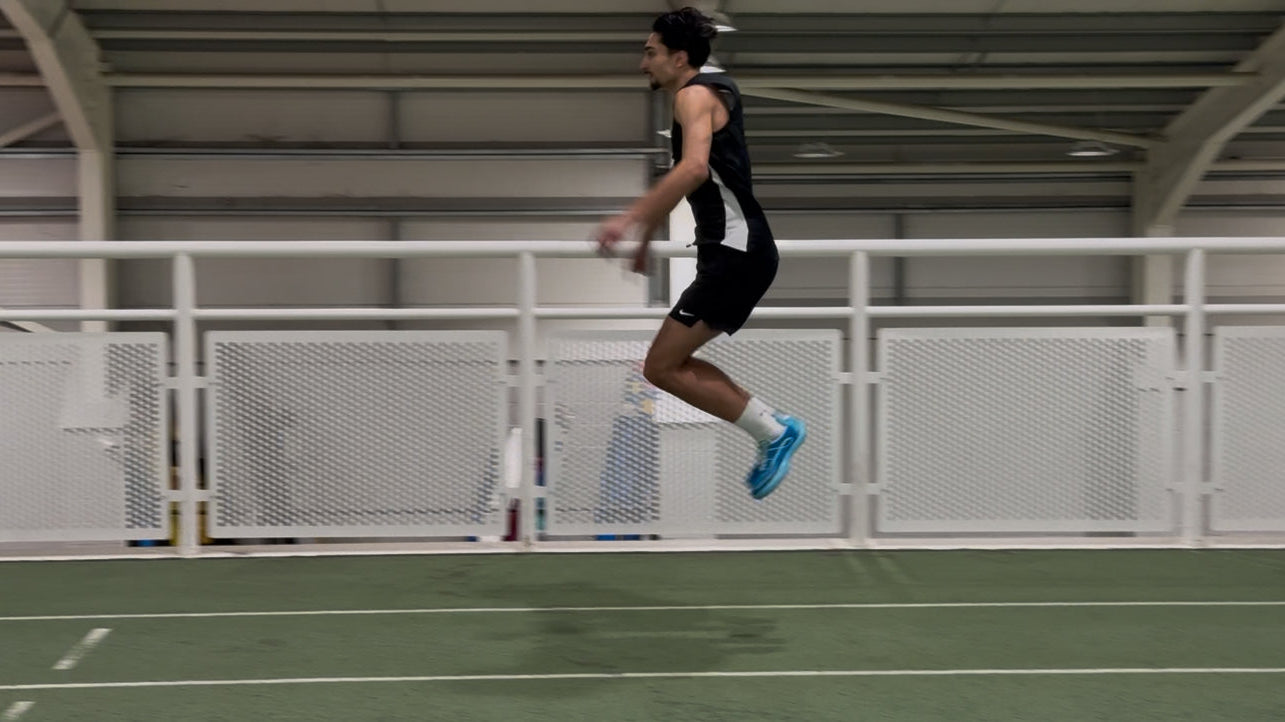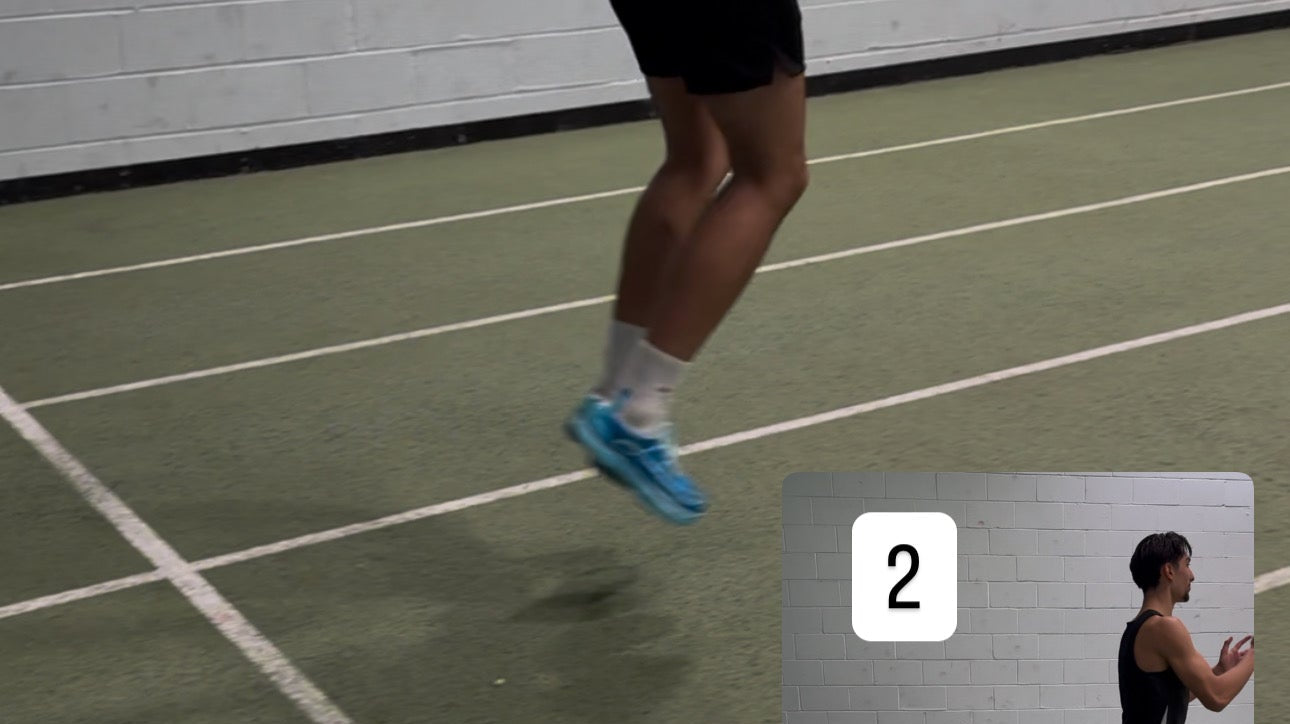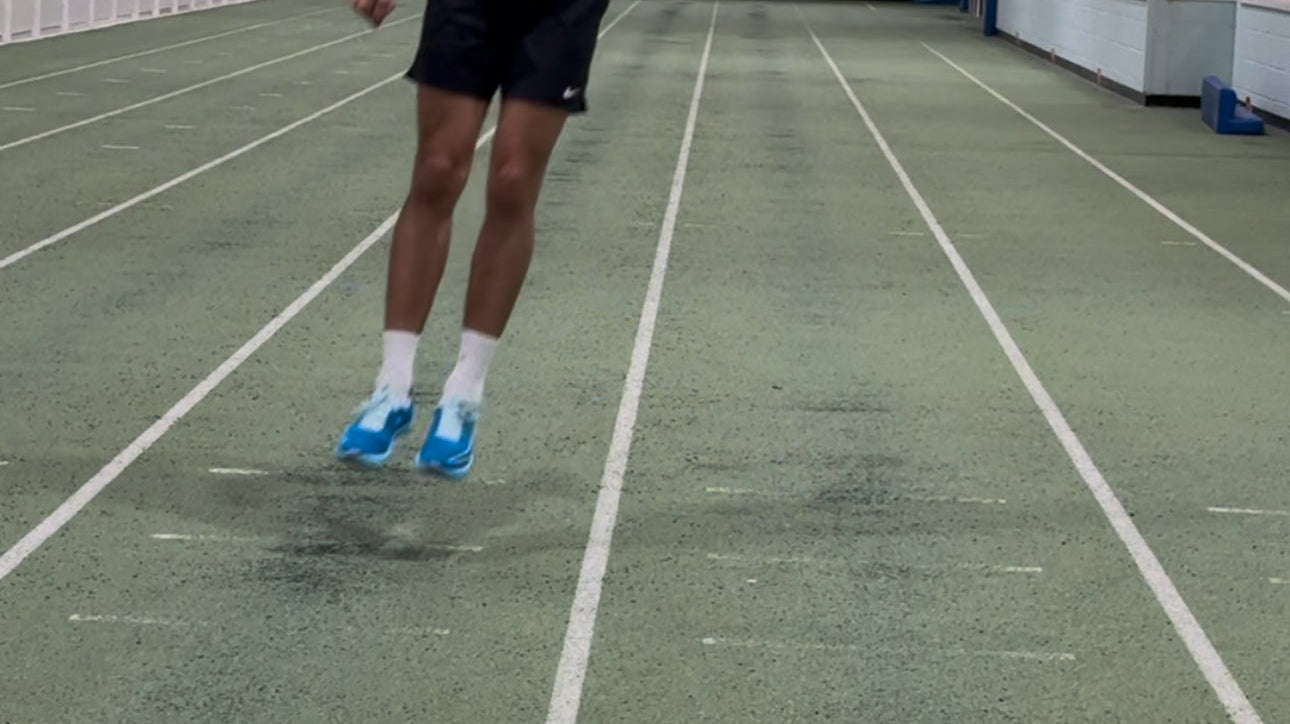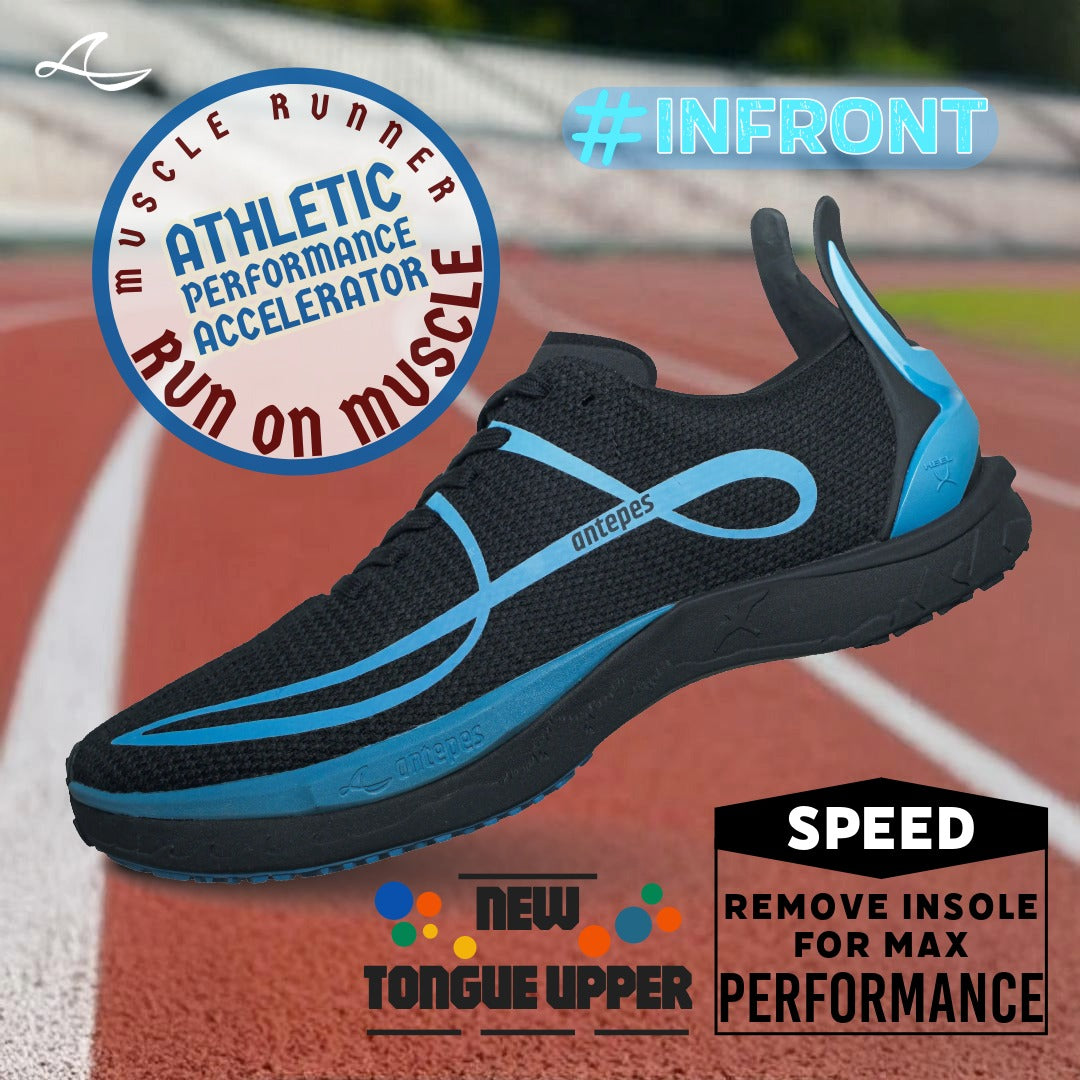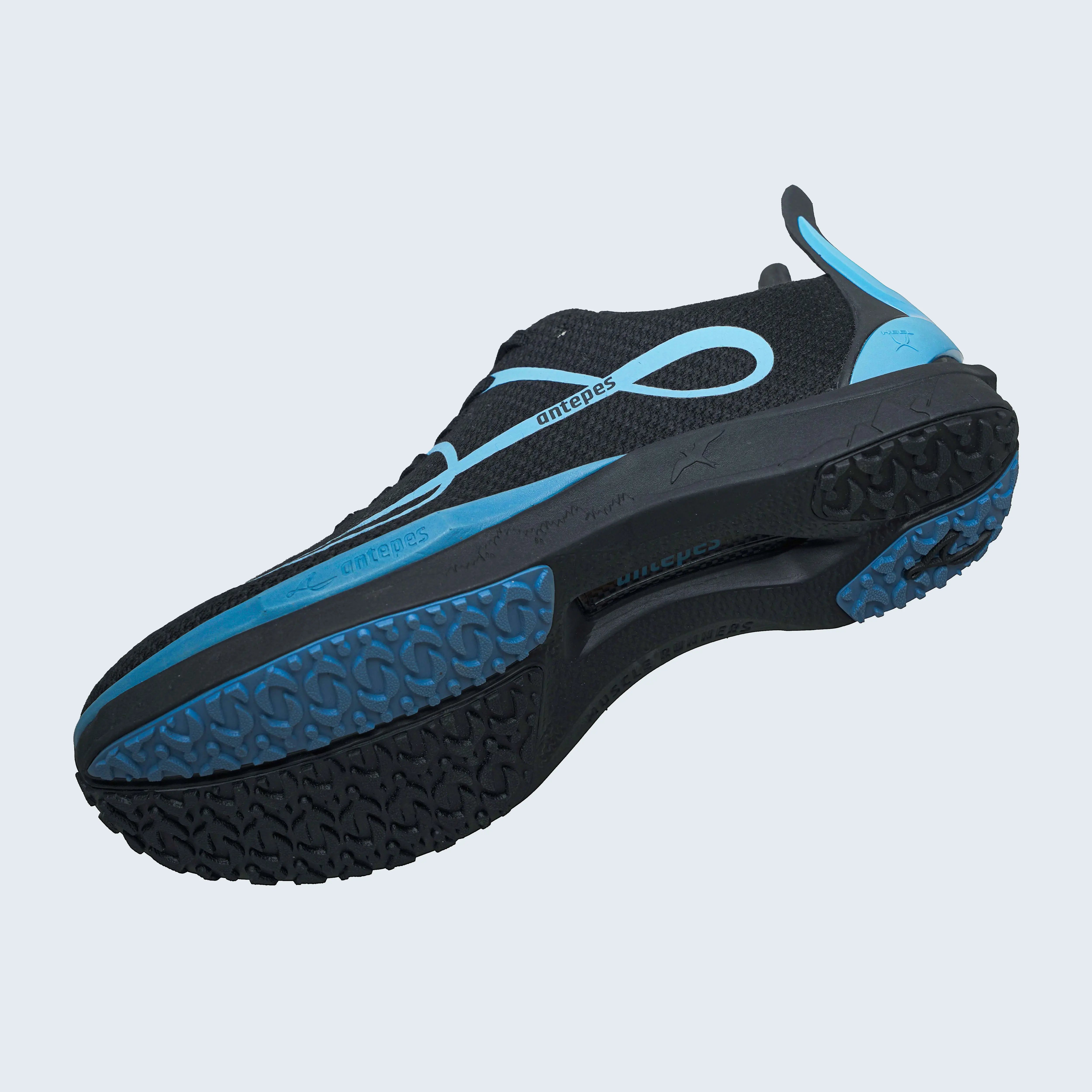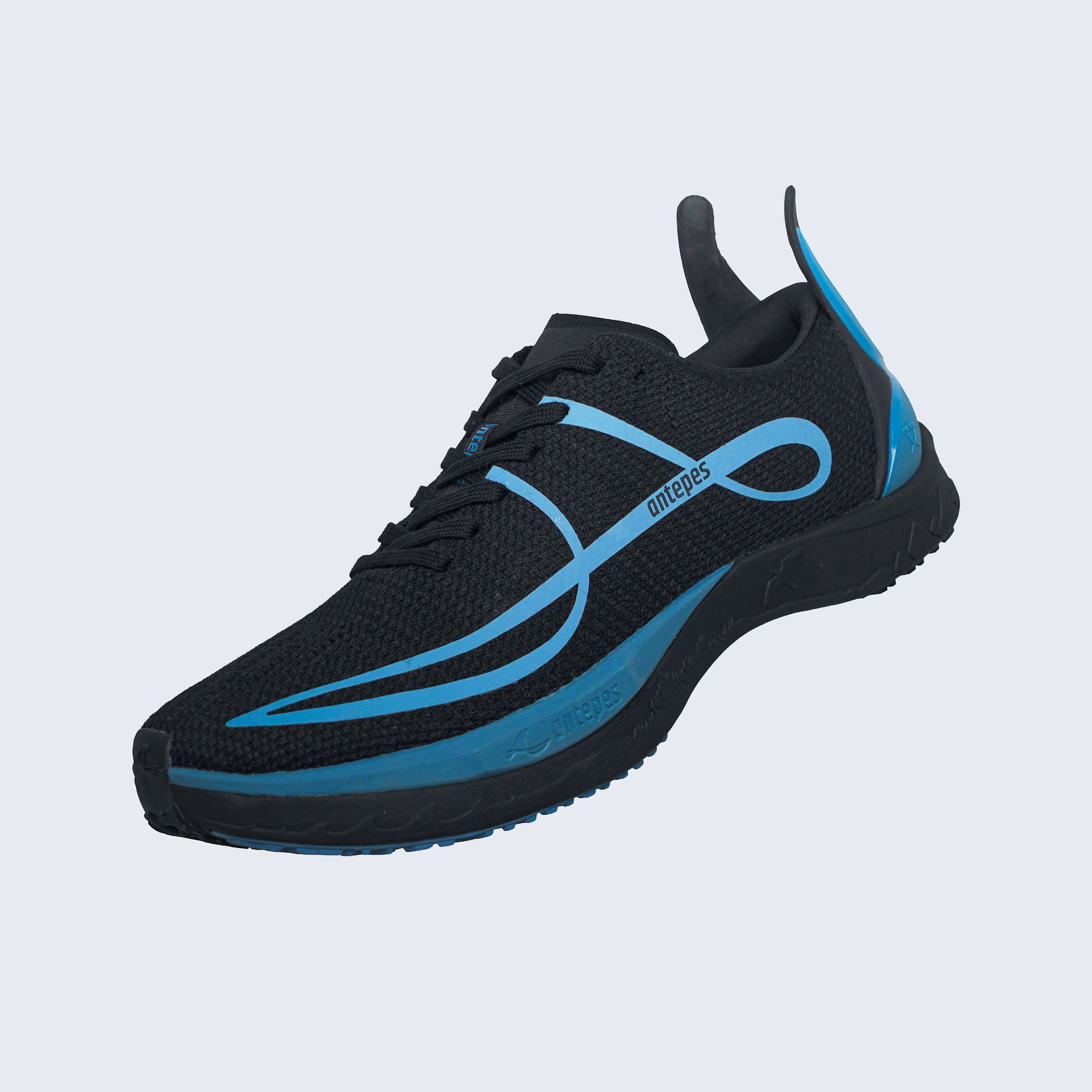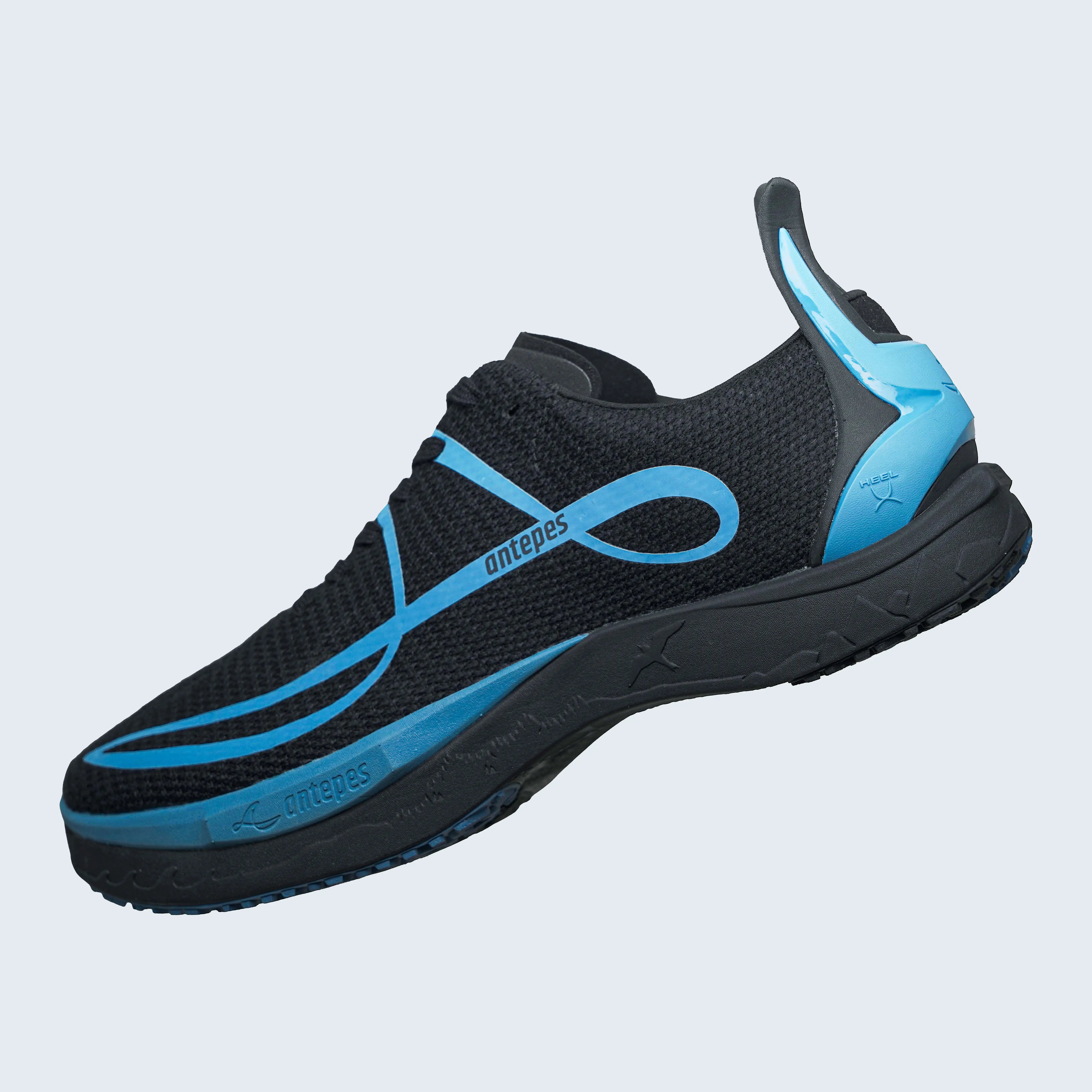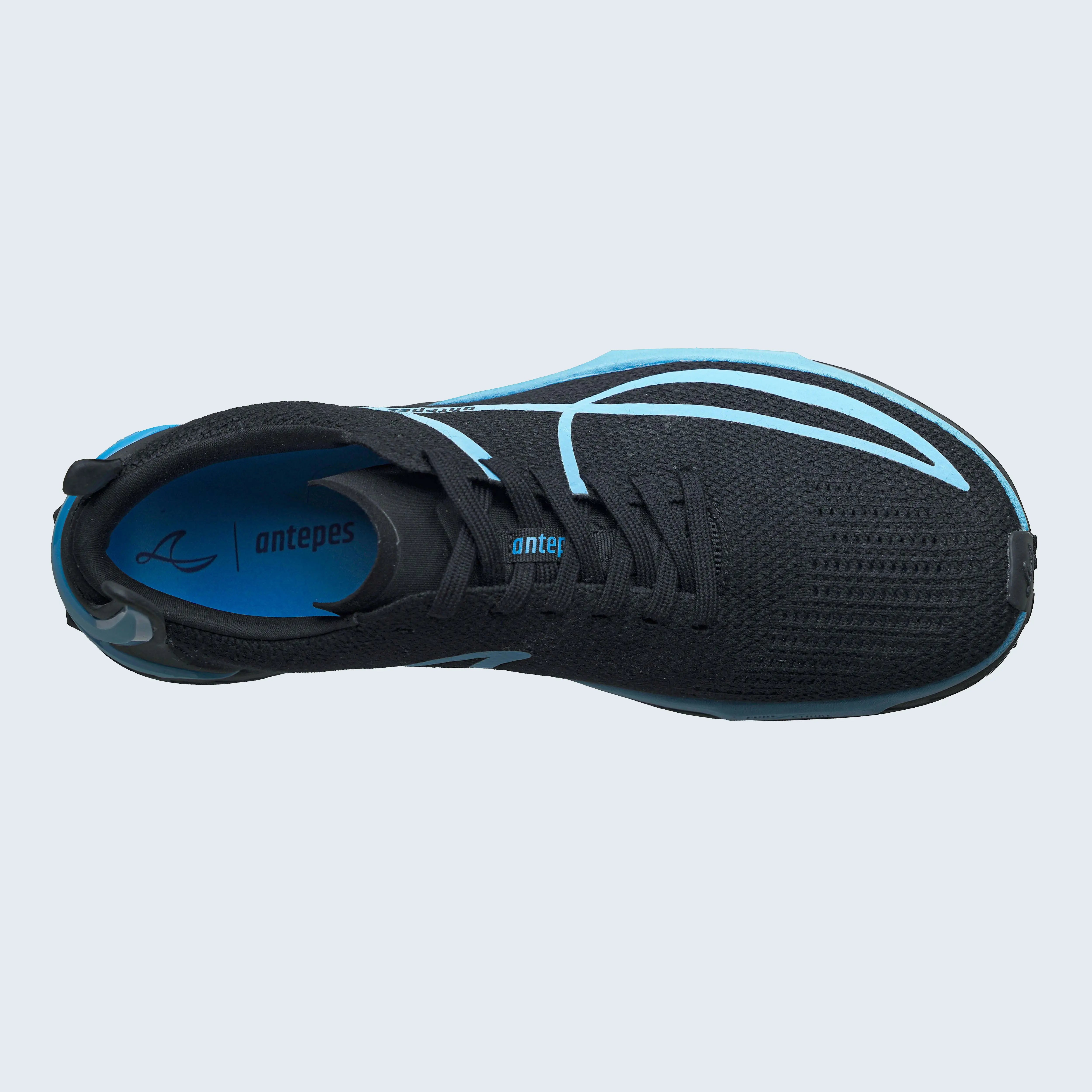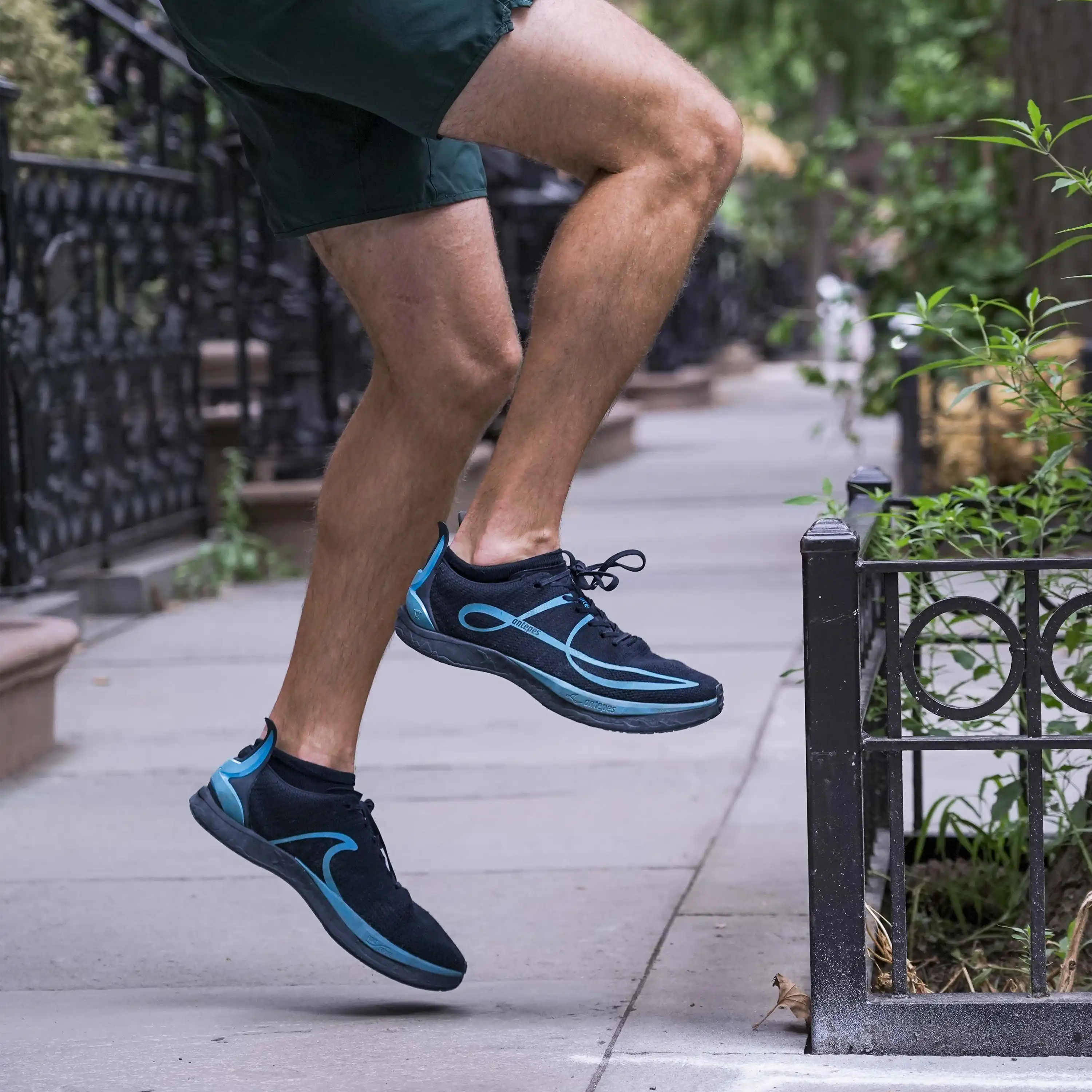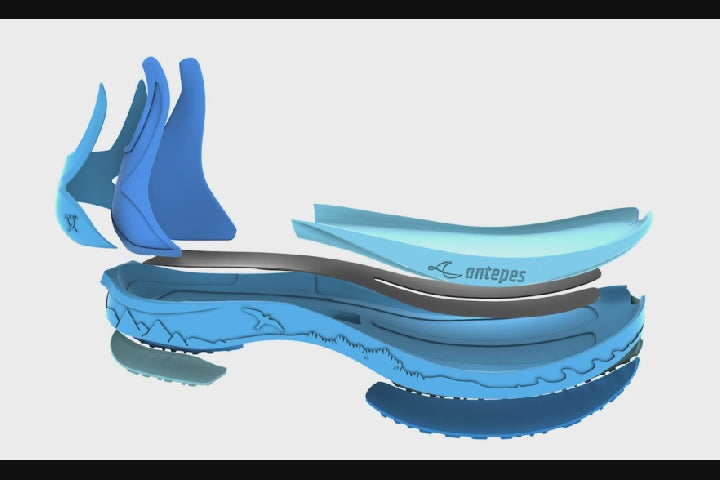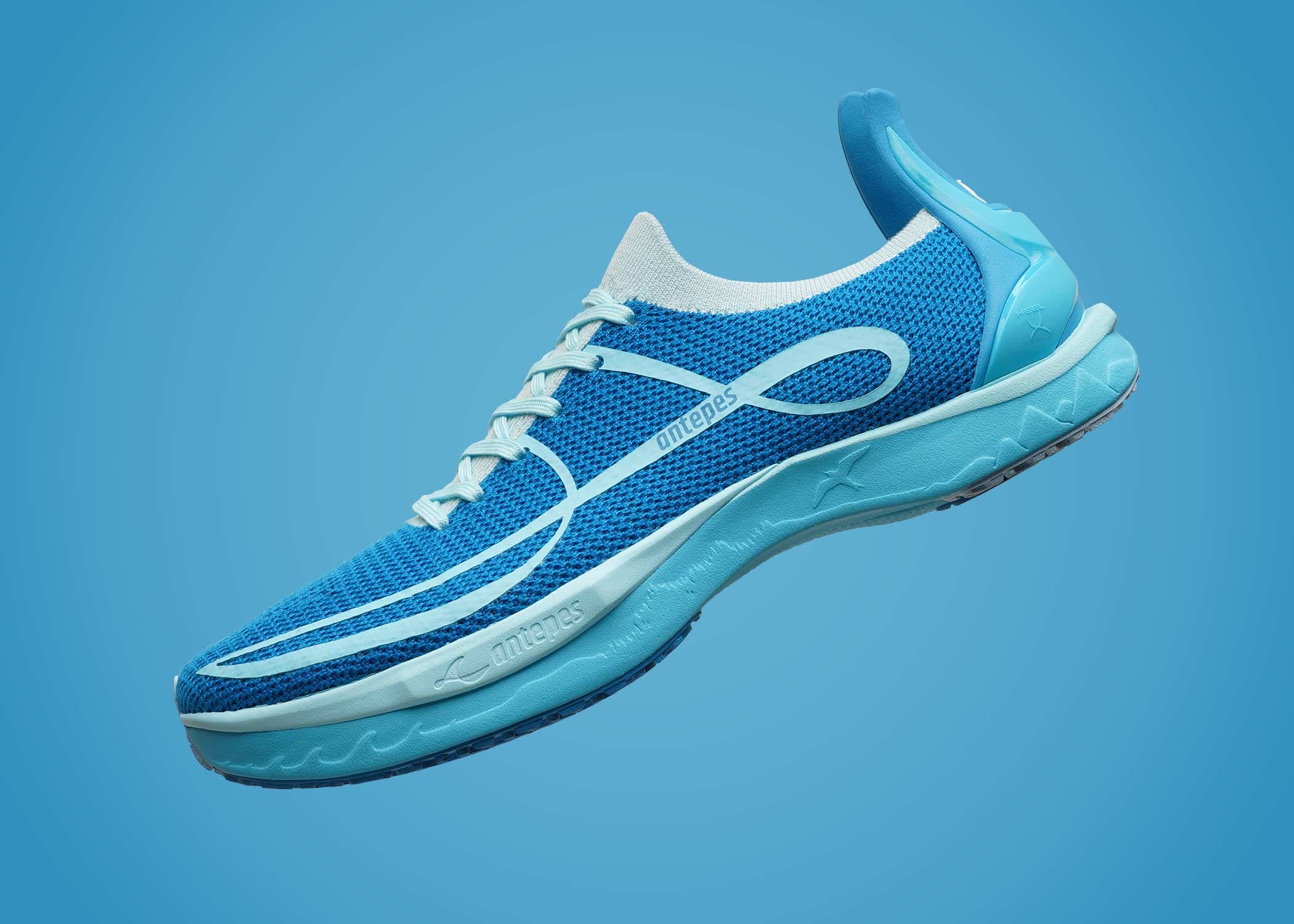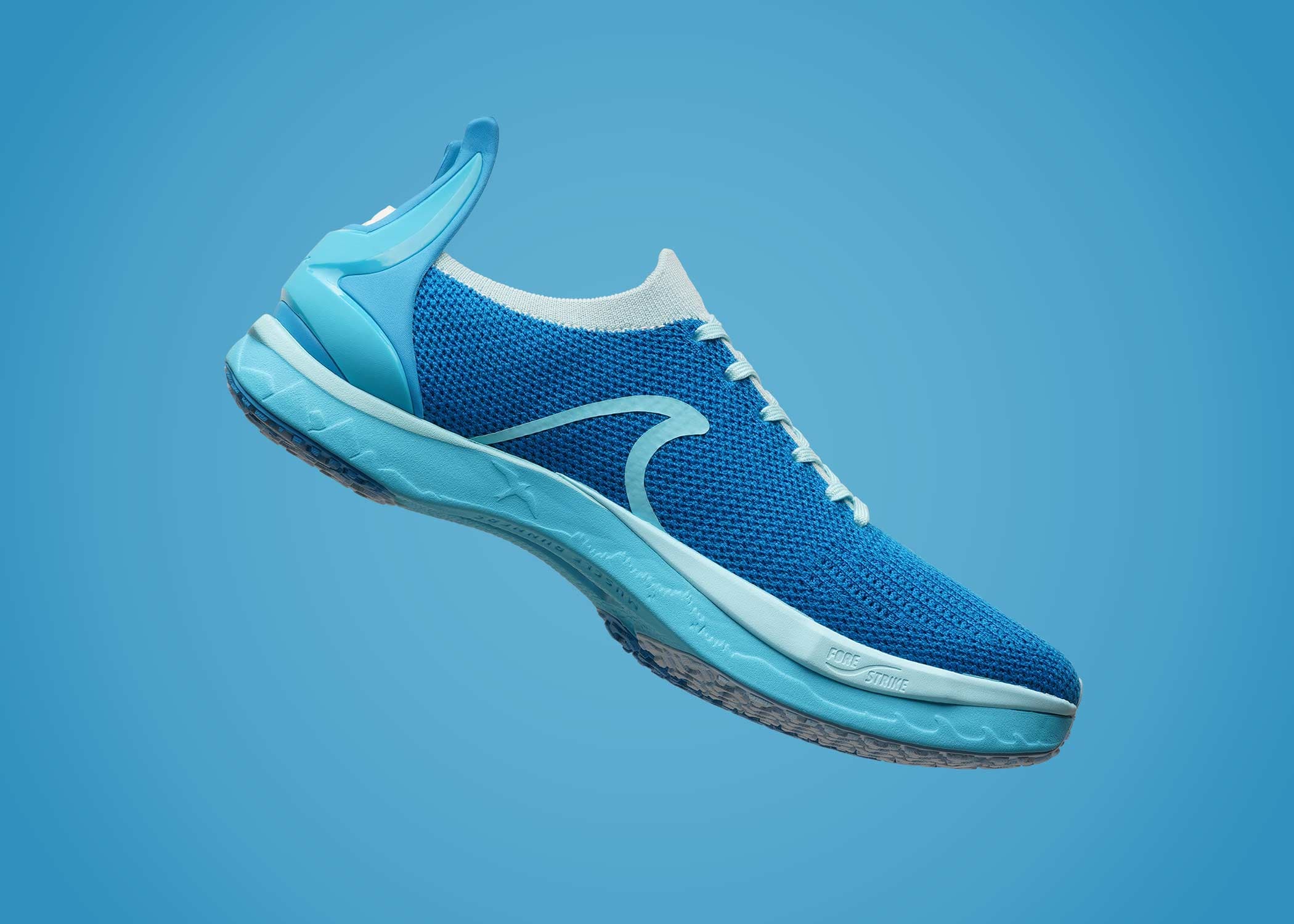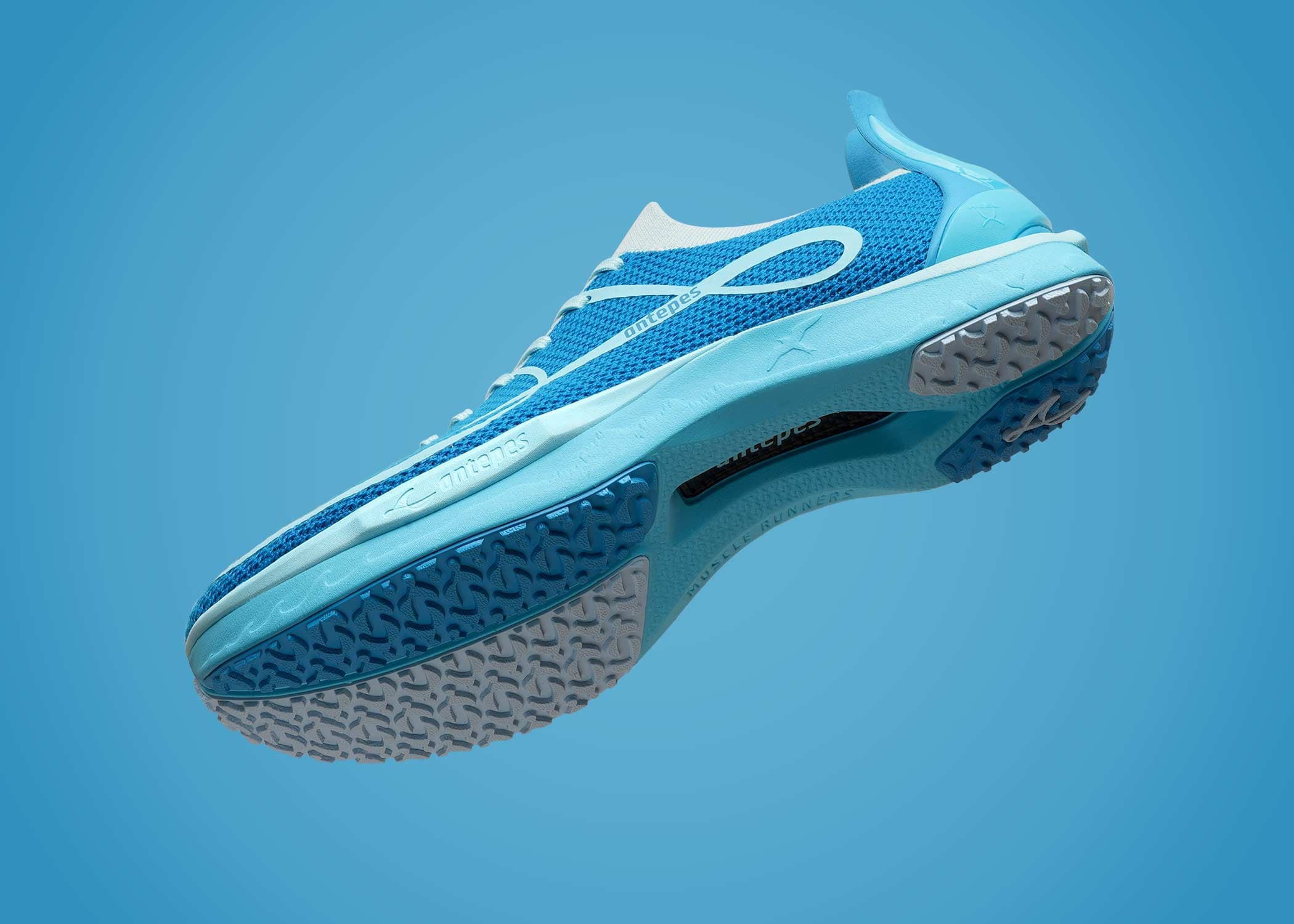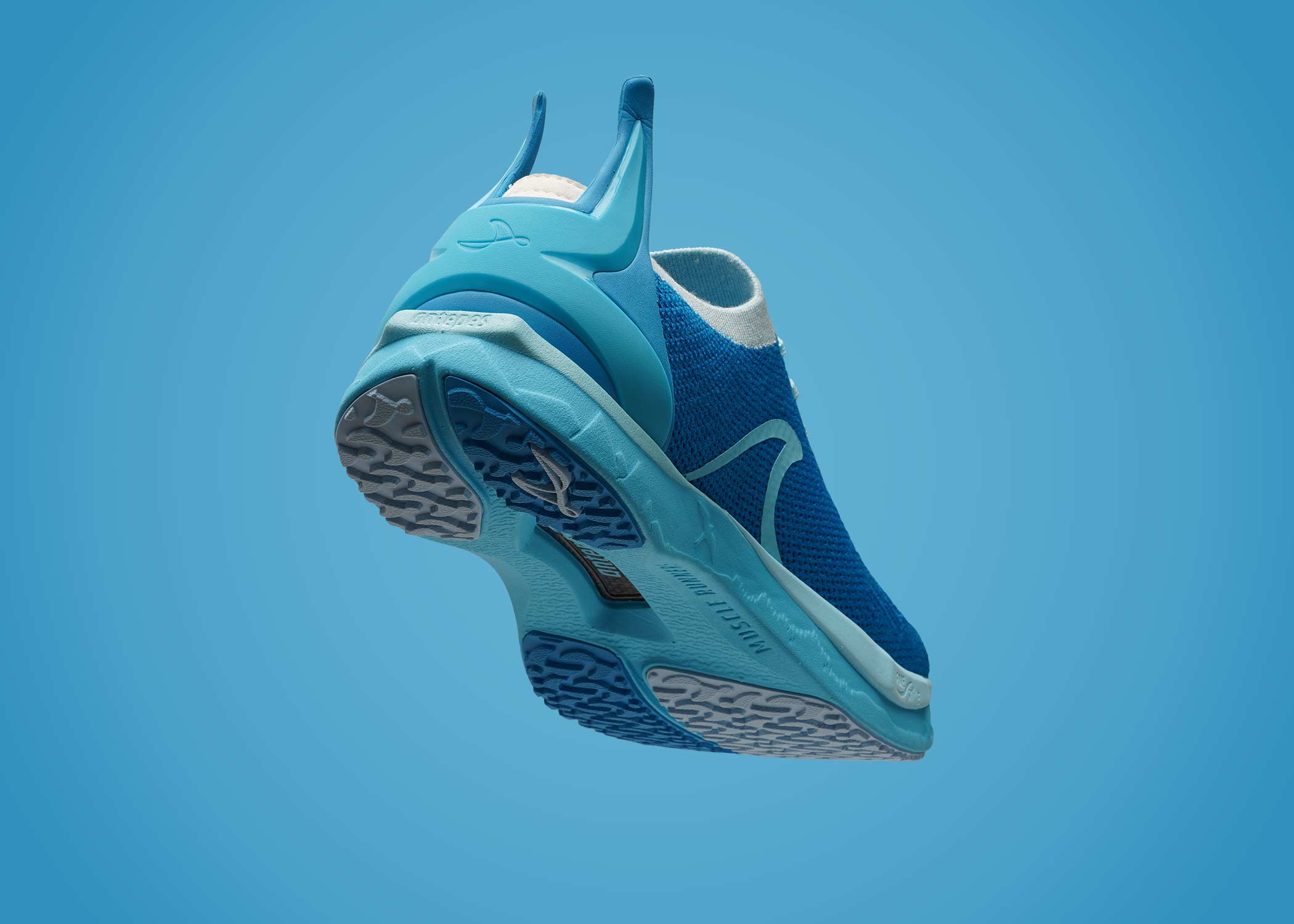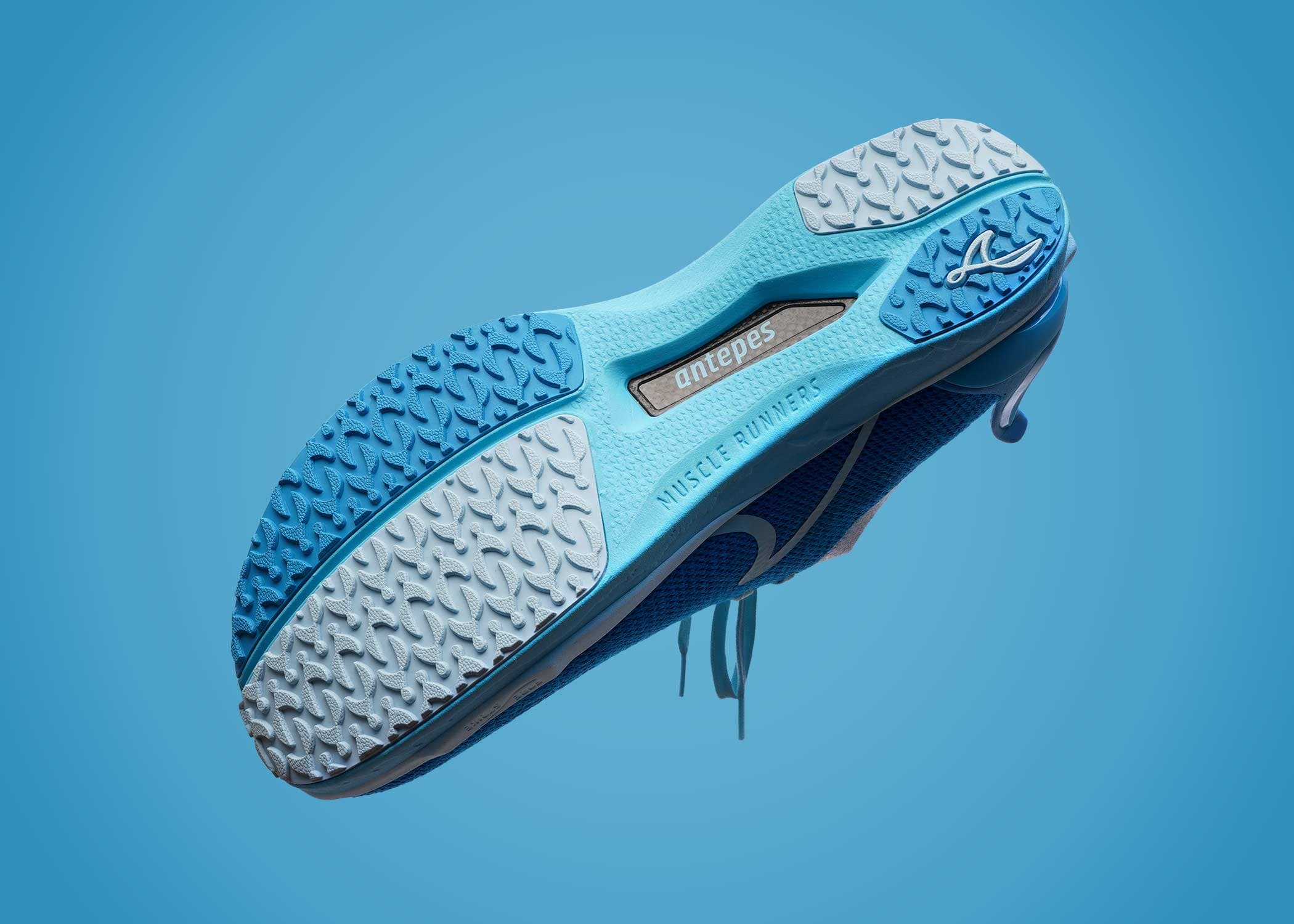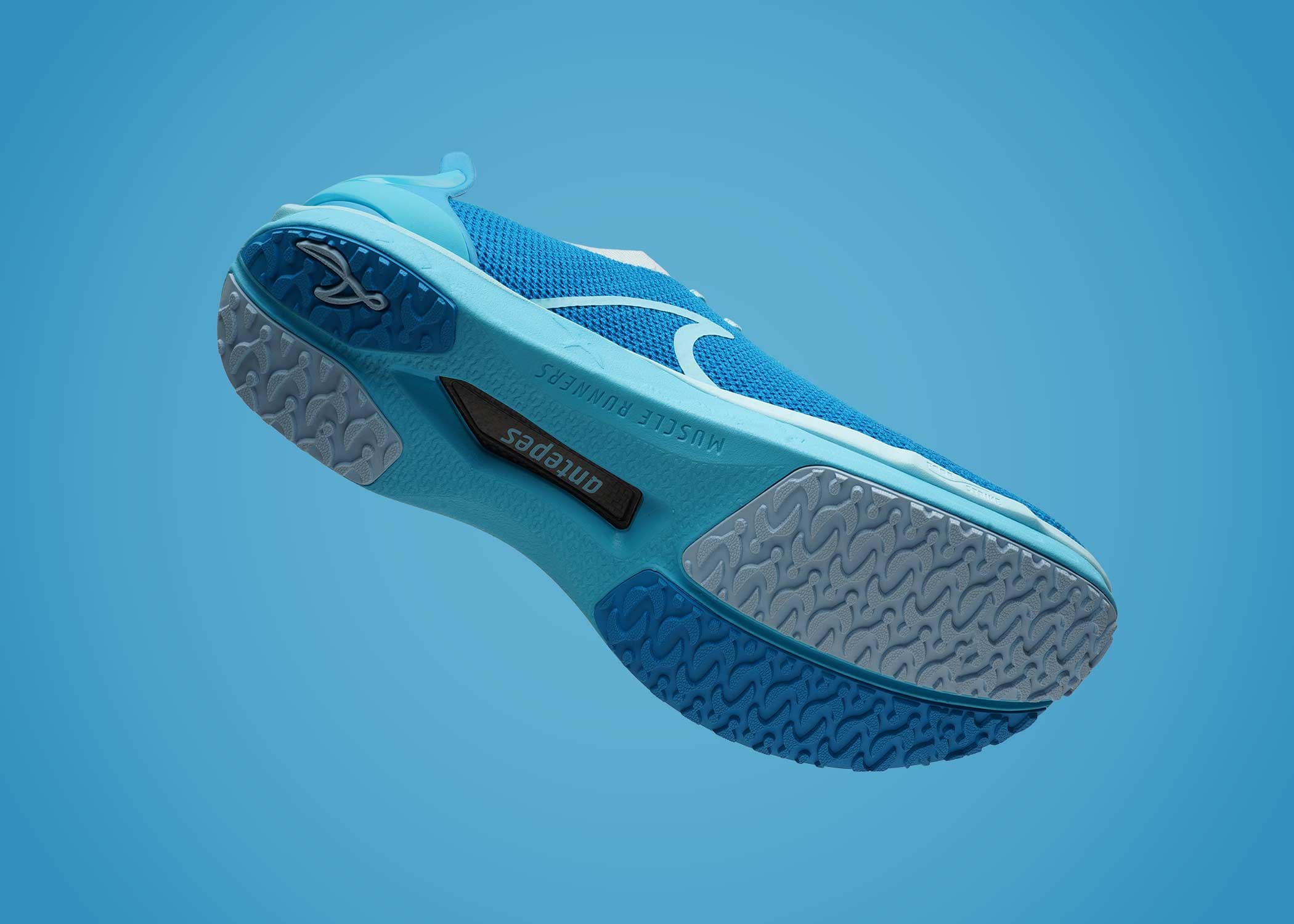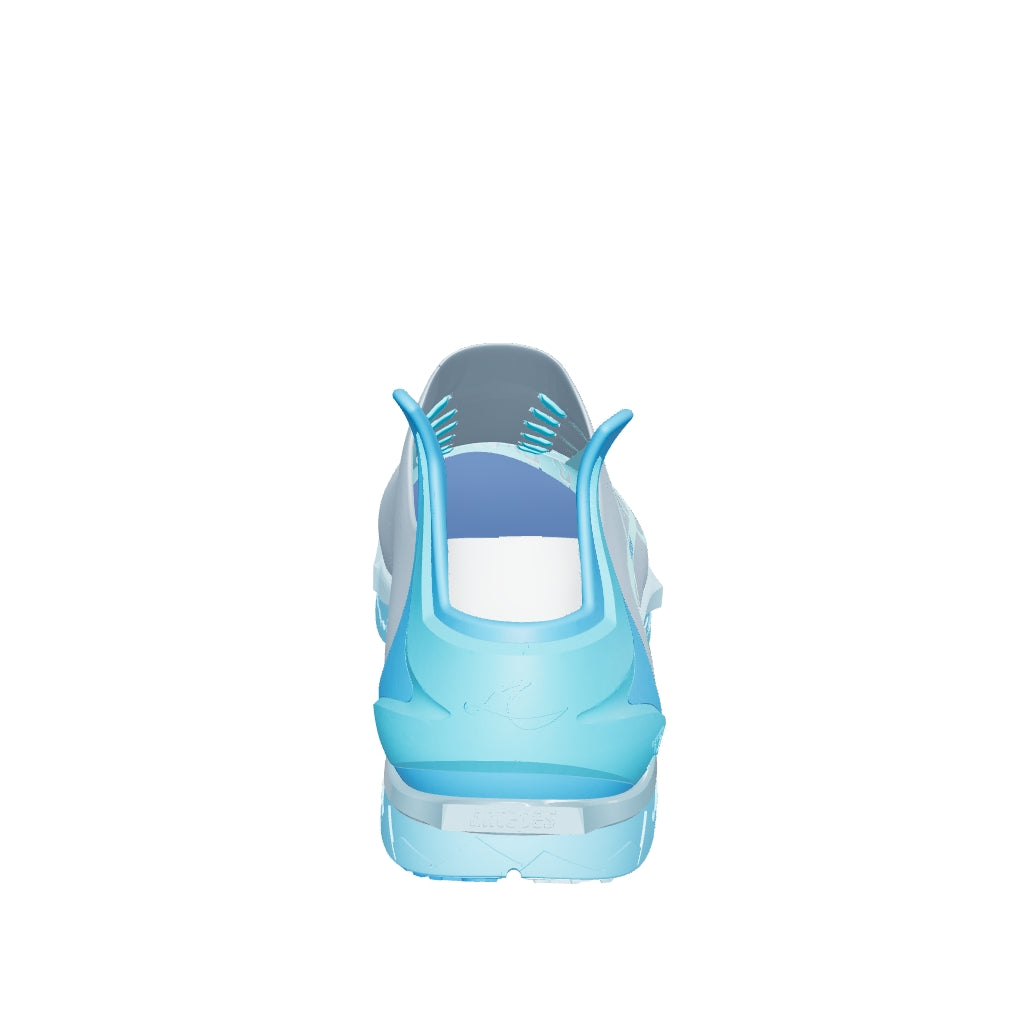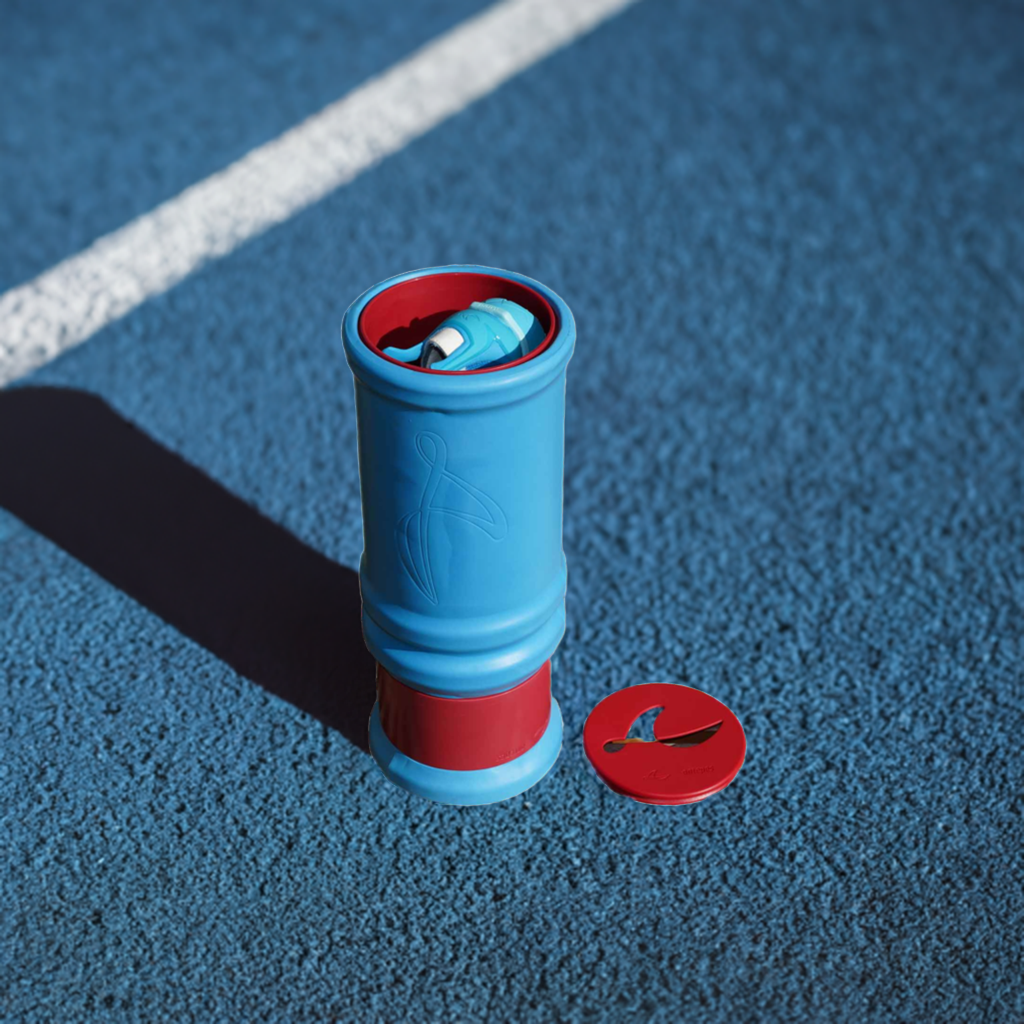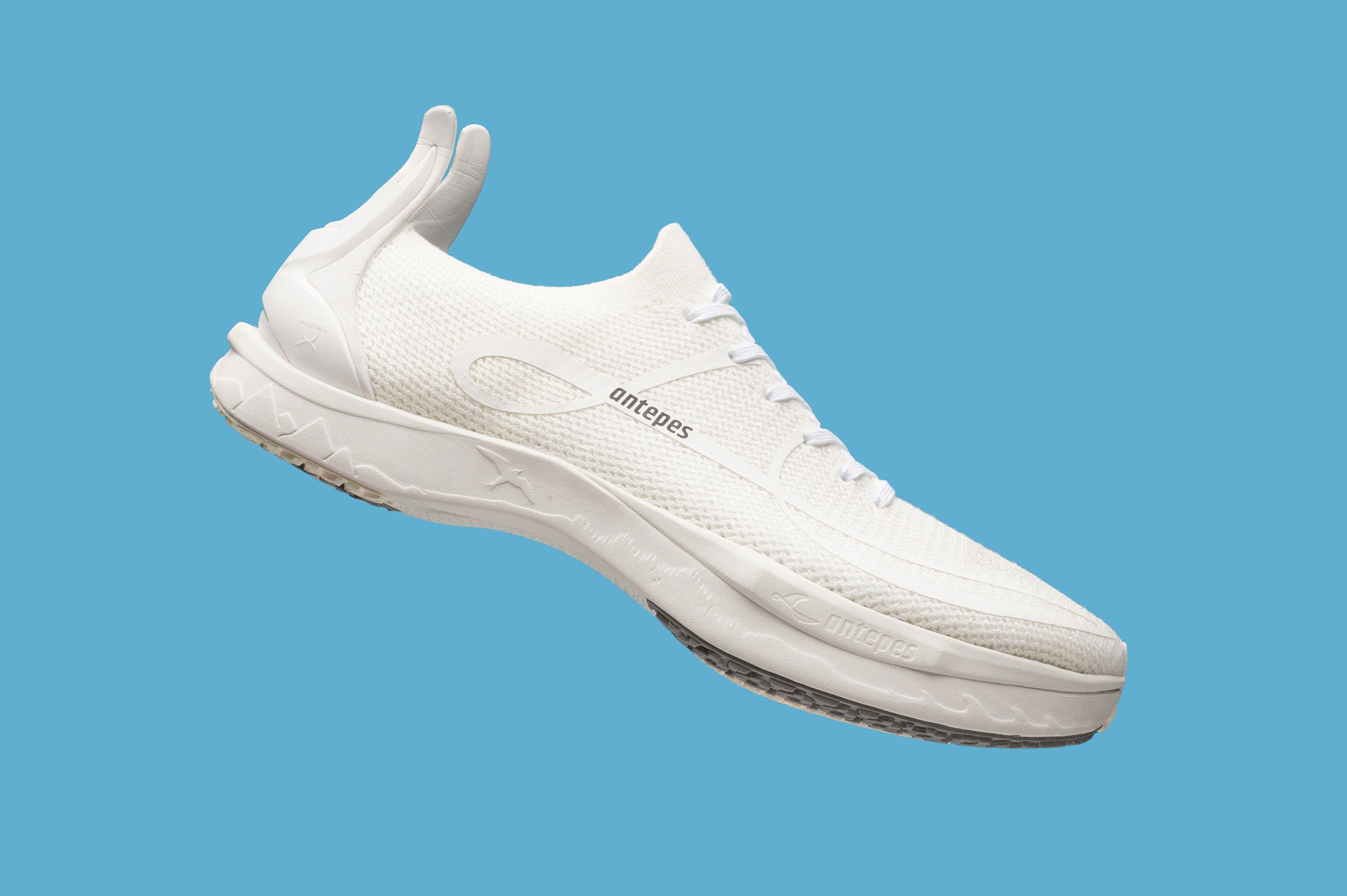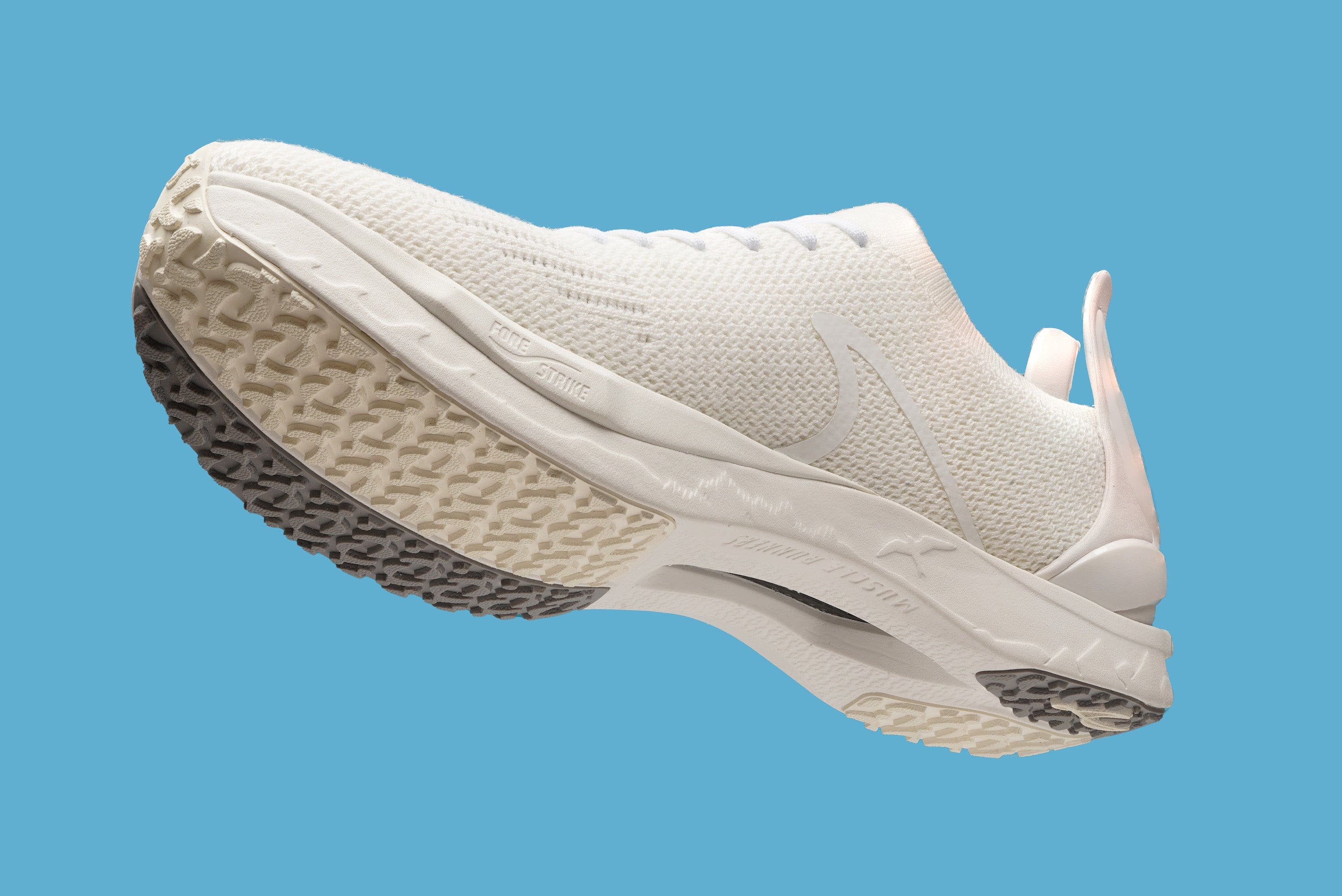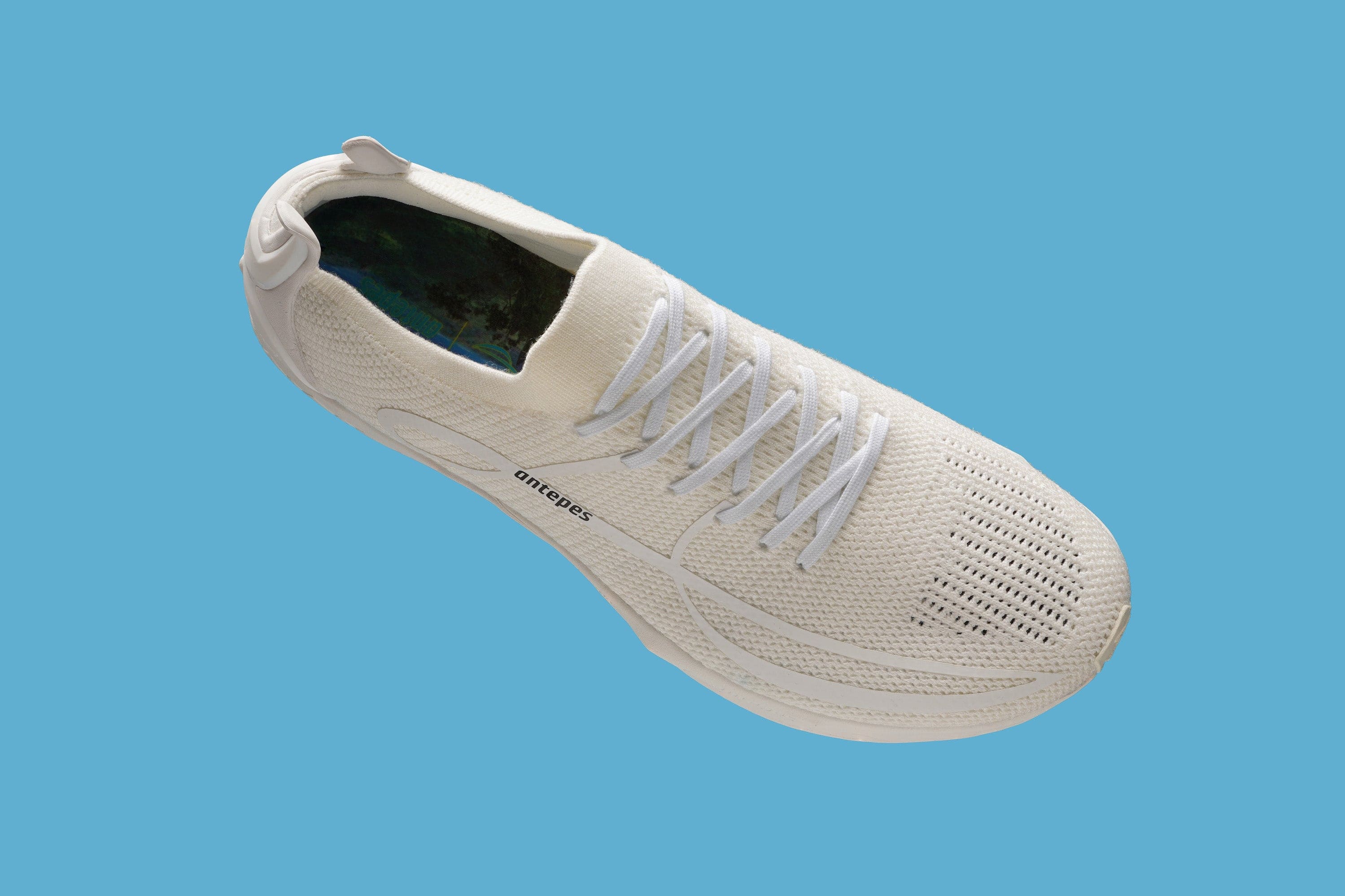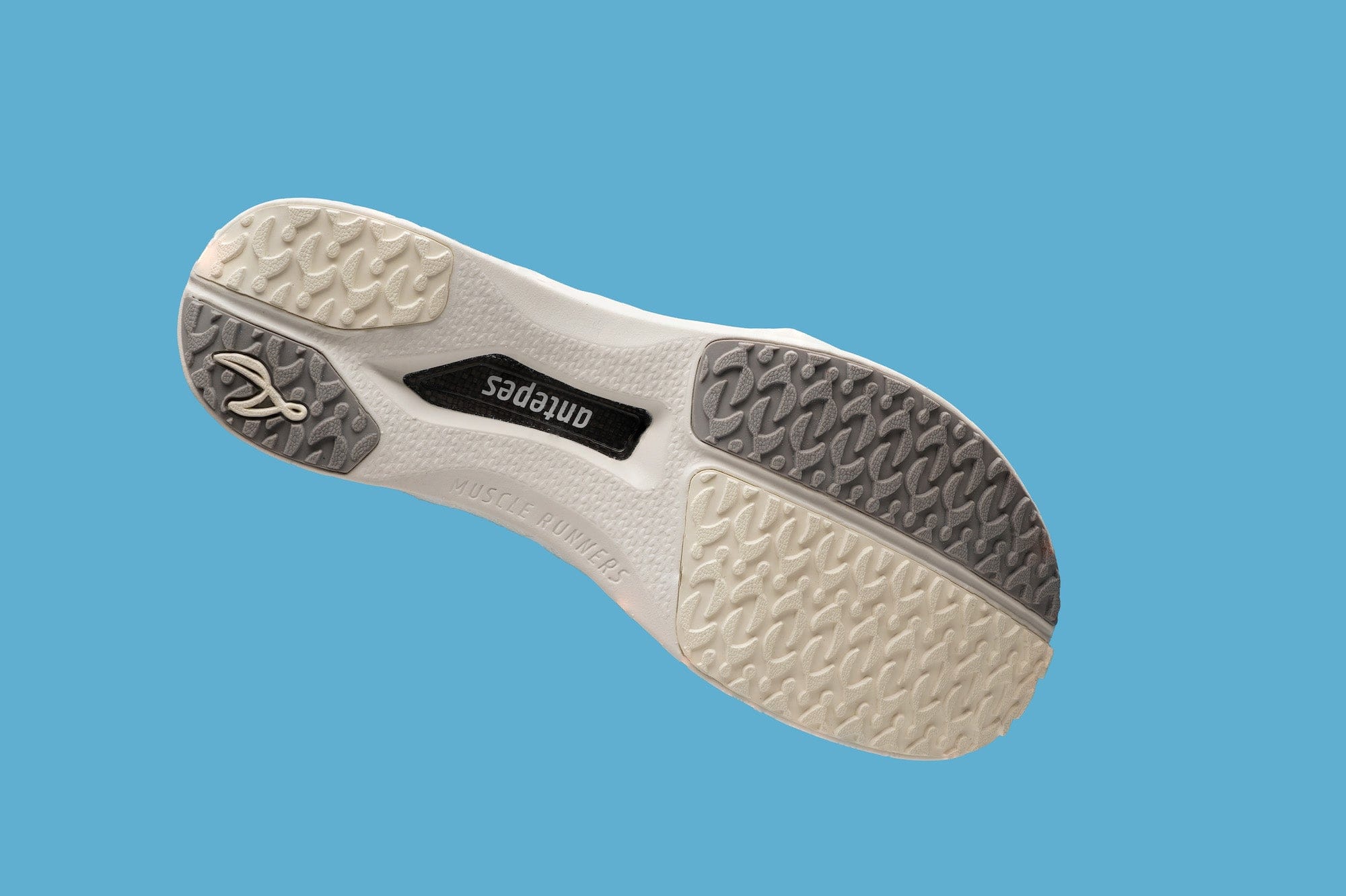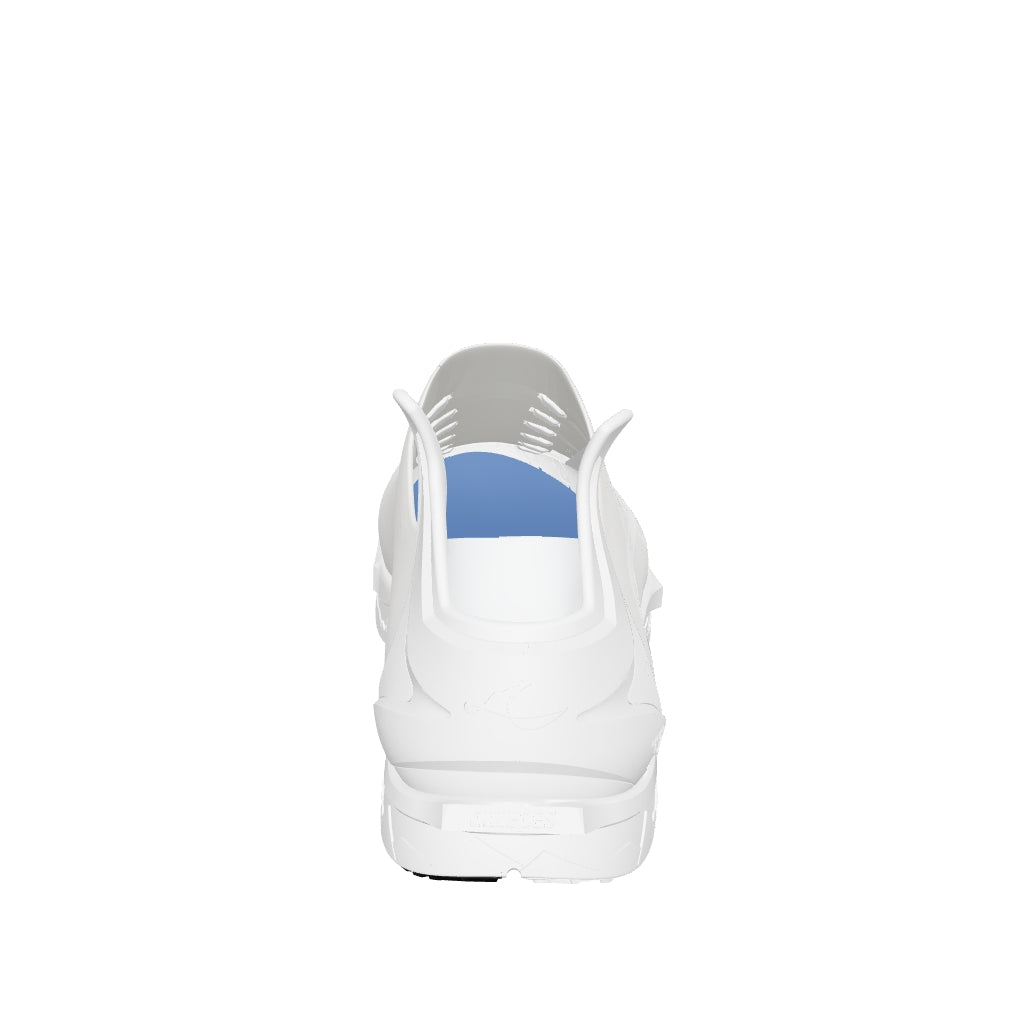“Bang” it’s all over – the greatest athletes have somehow got to the where the action is faster than their rivals before you’ve had time to blink. They have powerfully cut, turned, jumped, slalomed even pirouetted to steal a march on their opponents. So, how do you train for lightening-fast agility in your built-for-speed Muscle Runners. We give you an overview and provide some basic agility drills.
Agility training is a form plyometric training. Throughout our 5-part Plyo Seres (see previous posts) we have described how plyometrics capitalise on and develop the stretch-reflex capacity of our ligaments, tendons and muscles (soft tissue). They put more “ping” into that soft tissue.
To make a cut to get on the end of a 40-yard pass a wide receiver will have to load their leg and then move. This is the stretch-reflex in action
To make a cut to get on the end of a 40-yard pass a wide receiver will have to load their leg and then move. This is the stretch-reflex in action. The ankle is literally pivotal in all of this. It is at the heart of the complex of co-ordinatory movements required to generate change of direction. And with your Muscle Runners you are ideally placed to build the ankle complex for great agility. The clue is also in their name Muscle Runners!
The dynamic speed shoes with their Negative heel gain of 8-10mm (depending on size) are purposely designed to load the forefoot and not the heel. This means that they will assist with powerful toes-offs and push-offs. And their Fore-Strike™ and ForeSpring™ technologies (carbon fibre plates and TPE foam) act in concert to really hyper-boost dynamic movement.
The agility drills we provide here are designed for all athletes – being able to produce and withstand lateral forces when turning and braking, for example, is a must whatever your sport.
If your ankle complex and other body structures are better able to control lateral and rotational movement then you will be less prone to injury and more prone to getting all your force and power to go in the direction you want.
If your ankle complex and other body structures are better able to control lateral and rotational movement then you will be less prone to injury and more prone to getting all your force and power to go in the direction you want.
As you will know from our Plyometric Series we have been categorising these dynamic drills into various tiers – from low to very high. Continuing with this we have indicated the level of intensity for the various agility plyos below. They are all in the low to medium tier. Do understand that lower tier options are of no less importance than higher tier ones – it’s just that the former place less stress on the body than the latter.
Plyometric Agility Exercises
1: Double-Foot lateral line bounce (low intensity)

With feet shoulder-width apart jump forward and backwards over a line using a low, short trajectory.
React to the ground contact and the “ping” the dynamic forefoot structure of your Muscle Runners provides when moving backwards and forwards.
Do 4 x 10
2: Side-shuffle (low intensity)

Stand with your feet shoulder-width apart and slightly bend your knees. Using the balls of your feet shuffle jump sideways, land and repeat. Try to get some airtime from contact to contact and really focus on using your ankles to drive the movement.
Use your arms for balance.
Do: 4 x 20m (every rep change the way you face to the direction of travel)
3: Single leg triangle hop (low/medium intensity)
Having strong and reactive ankles is key to numerous sports. Your ankle is the pivot around which your body moves as we have noted. It has to be able to withstand great force – and this drill will help do just that.
Keeping your knee more-or-less locked hop a right-angle triangle. So, hop to the right then hop to the base of the triangle and then back to the start position consecutively. Use your arms for balance.
Do: 2 x 18 contacts for each leg. There are 3 contacts for each "triangle".
4: Lateral straight leg hop and return (low/medium intensity)
Keeping your leg more-or-less straight and with your foot pulled up, hop forwards. Stay on your forefoot – a task made all the easier due to the design of your Muscle Runners. Kick your hopping foot forward to travel forward. After 10m immediately change direction and straight leg hop back to the start position. This time you will be pushing from your forefoot.
Coordinate arms with legs as if running.
Do: 2 x 20m (10m forward and 10m back) on each leg
5: Lateral hops (low/medium intensity)
Stand sideways on to the direction of travel and hop sideways. As with the two previous hopping drills keep the hopping leg straight. Hop 10m and then immediately change direction to hop back to the start position. Your ankle will drive the movement. Use your arms for balance.
Do: 2 x 20m (10m sideways and 10m sideways back to start position) on each leg


